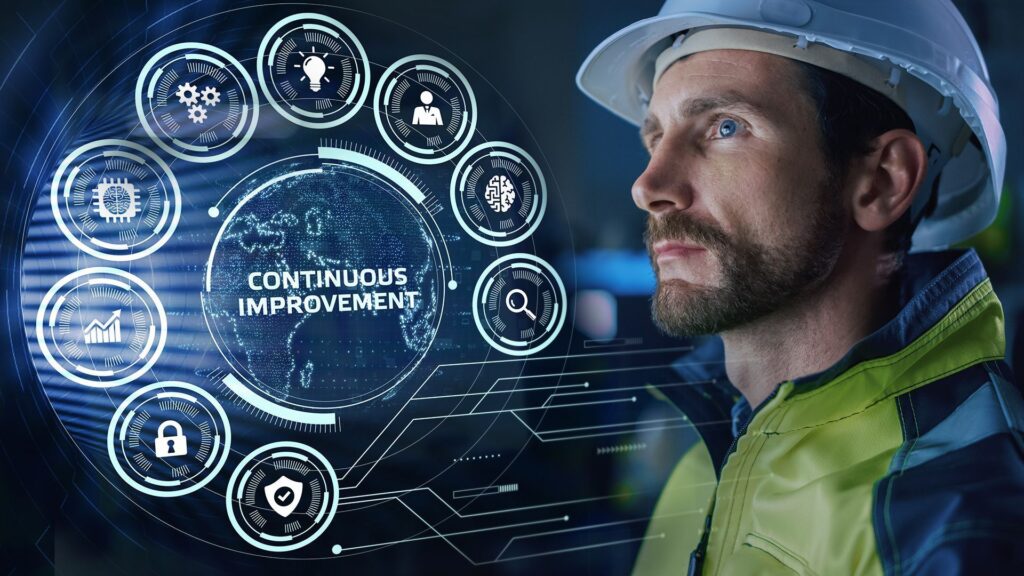
Synonymous with the Kaizen philosophy, continuous improvement is the perspective that all aspects of an organization can consistently strive for further success. The concept embodies an ongoing pursuit of excellence, efficiency, and optimization at all levels. In maintenance environments, it is the modus operandi of the system as a whole. “Not an activity, not a technique. It’s a result,” states Brad Zenko in Efficient Plant Magazine.
What characterizes continuous improvement?
Continuous improvement is not a singular approach but a holistic philosophy that includes buy-in at all levels. In operations where continuous improvement thrives, company culture runs deep and wide, and serving customers feels more like a privilege than an obligation. Additionally, each employee is highly valued, well trained, and fully empowered to execute the overall mission. Organizations like Chick-fil-A, Walt Disney World, Costco, Southwest Airlines, and REI are well-known for their strong workplace ethos and unwavering commitment to continuous improvement.
Repeatability is essential in order for continuous improvement to occur. Initiatives must be replicated so as to streamline resources, eliminate downtime, and maximize efficiency. Embracing a cyclical approach is almost never quick or easy, but the resulting productivity proves that systematic procedures are highly advantageous.
Effective continuous improvement utilizes data-driven decision-making to enhance all facets of operational performance. Objective and ongoing quantitative analysis allows managers, operators, and techs to remain informed in real time so as to modify operations as needed.
Solution-based methods are foundational for continuous improvement. While troubleshooting strategies like Root Cause Analysis (RCA) may be employed, continuous improvement ensures that further steps are taken to solve problems, not merely identify them. Solution-based approaches involve asking questions like, “What does success look like? What resources do we have available? What part of the process is working well? What is a good first step in solving the problem?”
Continuous improvement procedures should be scalable, adaptable, and sustainable. Although it is tempting to believe that a single perfect system can be adopted to address all issues and eliminate all problems, this is unrealistic. Proponents of continuous improvement realize that although operations should be replicable in order to remain effective, they also (1) need to be employed on a large scale, (2) require ongoing, dynamic adjustments, and (3) should be reliable for significant periods of time.
Feedback loops and open communication are prioritized in continuous improvement. Production goals, status updates, maintenance needs, and other functional protocols can only be addressed when they are communicated effectively.
Continuous improvement ensures that the company meets and exceeds customer expectations. Champions of continuous improvement desire excellence at all levels, establishing themselves as “the best in the business” among consumers and prioritizing customer care and loyalty over many other metrics.
So, how can you start implementing continuous improvement? Come back for Part 2, where we will discuss the Plan-Do-Check-Act (PDCA) strategy and give you tangible ways to refine your current maintenance framework. Or reach out and let’s talk! We can assess your maintenance needs and create a custom plan that will help you move further, faster. We’re always ready to connect!
Let us design the perfect one for you.
© 2025. Multi-Skill Training Services, Inc.